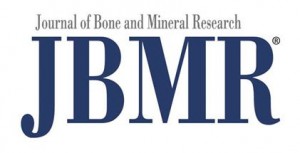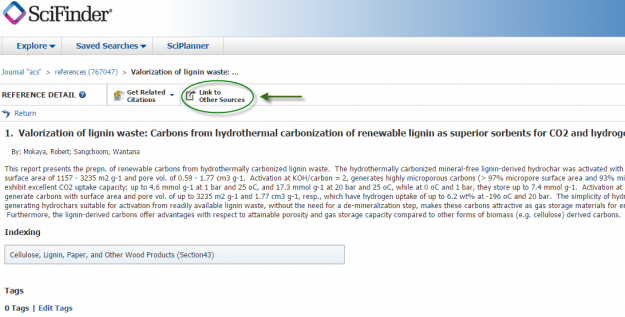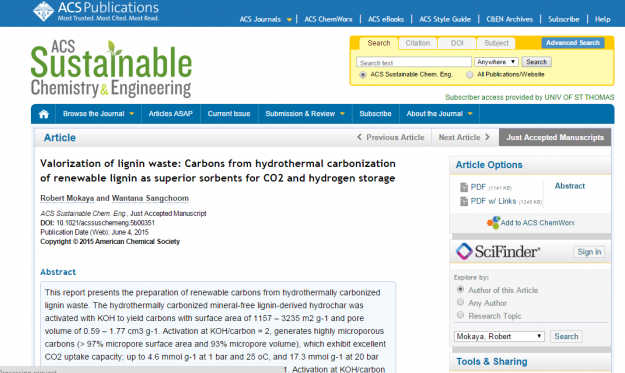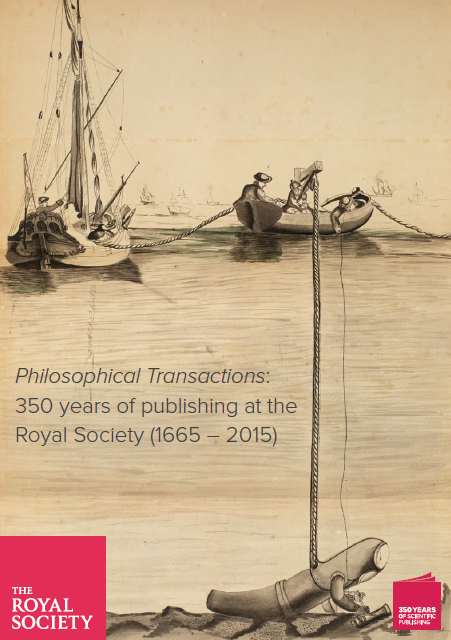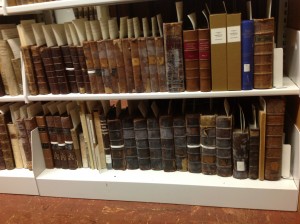I’m pleased to report that the UST libraries subscription of the Journal of Bone and Mineral Research is now live!
Published monthly by the American Society for Bone and Mineral Research, JBMR® contains “original manuscripts, reviews, and special articles in basic and clinical science relevant to bone, muscle and mineral metabolism. Manuscripts are published on the biology and physiology of bone and muscle, relevant systems biology topics (e.g. osteoimmunology), and the pathophysiology and treatment of osteoporosis, sarcopenia and other disorders of bone and mineral metabolism.*”
Even more importantly – it comes highly recommended by our UST faculty!
In other words, we hope it will be a great new resource for the many anatomy researchers here at UST, as our health and wellness programs continue to thrive.
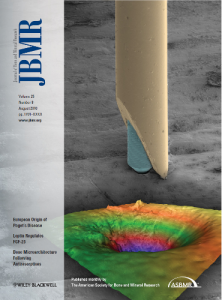
UST’s subscription goes back to 1997, and you can look for issues in our A-Z list of databases, linked to in subject-related research guides (like the Health and Human Performance department’s guide), or ask any UST Librarian for assistance.
Happy researching!
*from the ASBMR website
